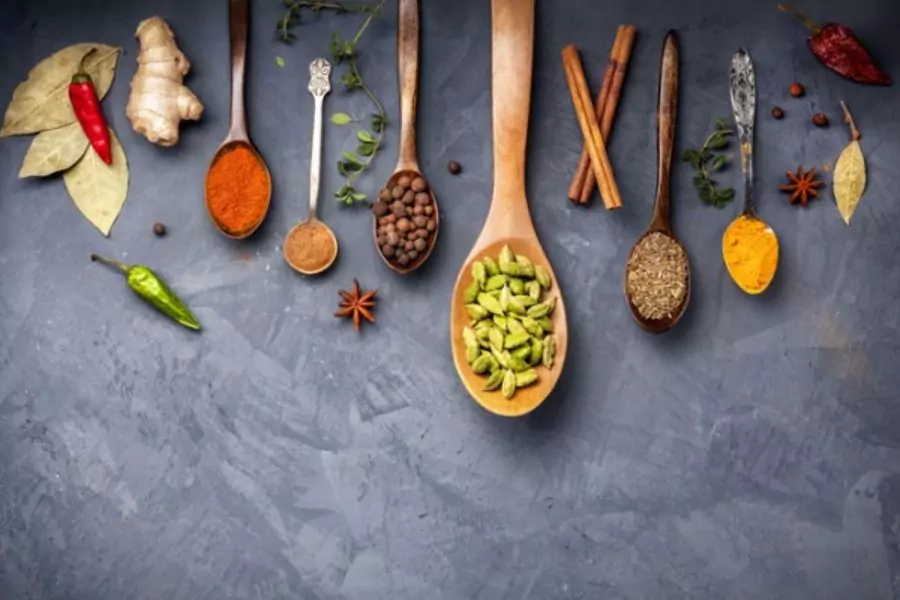Food and Culinary Arts: Exploring a Delectable Lifestyle

Food and Culinary Arts | Goskat
Introduction
Food is more than just a necessity; it is a fundamental part of our existence. Over the years, culinary arts have evolved into a sophisticated discipline that not only satisfies our hunger but also delights our senses. The combination of flavors, textures, and aromas takes us on a gastronomic journey that transcends mere sustenance. In this blog, we will delve into the captivating world of food and culinary arts, with a special focus on how it intertwines with our lifestyle.
H2: The Intersection of Food and Lifestyle
Food and lifestyle are intricately connected. Our dietary choices and eating habits reflect our cultural background, personal preferences, and overall lifestyle. The way we approach food impacts our well-being, relationships, and overall satisfaction with life.
H3: Nurturing Health through Food Choices
The food we consume has a profound impact on our physical health. A balanced diet rich in nutrients is vital for maintaining optimal well-being. A lifestyle centered around healthy eating habits can prevent chronic diseases, boost energy levels, and promote longevity.
- Eating for Vitality: Incorporating nutrient-dense foods such as fruits, vegetables, whole grains, and lean proteins into our meals provides the necessary fuel for our bodies. These foods are packed with essential vitamins, minerals, and antioxidants that support our immune system, enhance brain function, and improve overall vitality.
- The Power of Hydration: Proper hydration is often overlooked, but it plays a crucial role in our well-being. Drinking an adequate amount of water helps regulate body temperature, flush out toxins, and maintain healthy skin. Infusing our water with fruits or herbs adds a refreshing twist and encourages us to stay hydrated.
- Mindful Eating: In our fast-paced modern lifestyle, we often find ourselves eating on the go or in front of screens. Practicing mindful eating allows us to savor each bite, appreciate the flavors, and recognize when we are truly full. This mindful approach fosters a deeper connection with our food and promotes healthier digestion.
H3: Food as an Expression of Culture
Food serves as a powerful medium for expressing cultural identity and heritage. Culinary traditions are passed down from generation to generation, representing the unique flavors and customs of a particular region or community. Exploring diverse cuisines not only expands our palates but also deepens our understanding and appreciation of different cultures.
- Global Gastronomy: The world is a vast culinary tapestry, woven together by a multitude of flavors and techniques. By embracing international cuisines, we can embark on a global culinary adventure right from our own kitchens. Trying dishes from various cultures broadens our horizons, fosters inclusivity, and celebrates the richness of diversity.
- Celebratory Feasts: Festivals and celebrations are often intertwined with food rituals. From Thanksgiving dinners to Lunar New Year feasts, these communal meals bring people together and create lasting memories. Sharing traditional dishes during these occasions not only honors cultural heritage but also strengthens the bonds between family and friends.
- Food Tourism: Culinary tourism has gained popularity in recent years, as people seek immersive experiences that combine travel and gastronomy. Exploring local food markets, participating in cooking classes, and indulging in authentic regional dishes allows us to truly immerse ourselves in the culture of a destination. Food becomes a conduit for discovering new places and forging connections with locals.
H2: The Artistry of Culinary Skills
Culinary arts are a fusion of creativity, skill, and passion. Chefs and cooks transform raw ingredients into masterpieces that ignite our taste buds and captivate our senses. The artistry of culinary skills goes beyond the flavors on the plate—it encompasses presentation, technique, and the ability to evoke emotions through food.
H3: Creative Culinary Techniques
- Plating Perfection: Culinary artists are akin to painters, using the plate as their canvas. Thoughtful plating techniques, such as the arrangement of ingredients, colors, and garnishes, elevate a dish from mere sustenance to a work of art. The visual appeal of a well-presented plate enhances the overall dining experience.
- Flavor Pairing and Innovation: Culinary arts involve a delicate balance of flavors. Chefs skillfully combine ingredients, exploring unique flavor profiles and pushing boundaries to create extraordinary taste experiences. Whether it’s the classic pairing of sweet and savory or the innovative fusion of unexpected ingredients, the art of flavor pairing is a hallmark of culinary creativity.
- Mastering Culinary Techniques: Behind every exquisite dish lies a mastery of culinary techniques. From knife skills and precision cooking temperatures to sauce emulsions and baking methods, chefs refine their craft through years of practice. These skills enable them to transform raw ingredients into culinary masterpieces that tantalize our taste buds.
H3: The Rise of Food as an Art Form
Food has transcended its utilitarian purpose and has firmly established itself as an art form. Culinary exhibitions, food photography, and molecular gastronomy are just a few examples of how food is being celebrated as a creative medium. The fusion of aesthetics and gastronomy has given rise to an immersive sensory experience where taste, sight, and even sound are carefully orchestrated to create unforgettable moments.
Conclusion
Food and culinary arts hold a prominent place in our lives, intertwining with our lifestyle in myriad ways. Whether we focus on nurturing our health through mindful food choices, embracing diverse cultural cuisines, or marveling at the artistic prowess of culinary skills, food transcends its basic function to become a source of pleasure, connection, and inspiration. By embracing the world of culinary arts, we embark on a delectable journey that enhances our lives and enriches our lifestyle in countless ways.















